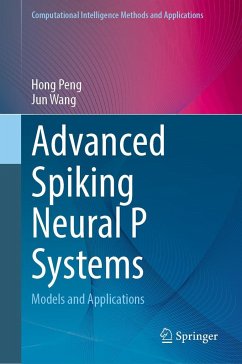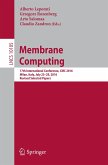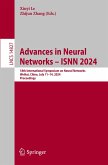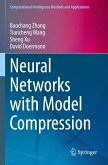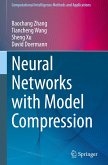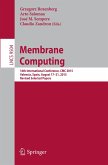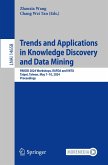Membrane computing is a class of distributed and parallel computing models inspired by living cells. Spiking neural P systems are neural-like membrane computing models, representing an interdisciplinary field between membrane computing and artificial neural networks, and are considered one of the third-generation neural networks. Models and applications constitute two major research topics in spiking neural P systems. The entire book comprises two parts: models and applications.
In the model part, several variants of spiking neural P systems and fuzzy spiking neural P systems are introduced. Subsequently, their computational completeness is discussed, encompassing digital generation/accepting devices, function computing devices, and language generation devices. This discussion is advantageous for researchers in the fields of membrane computing, biologically inspired computing, and theoretical computer science, aiding in understanding the distributed computing model ofspiking neural P systems.
In the application part, the application of spiking neural P systems in time series prediction, image processing, sentiment analysis, and fault diagnosis is examined. This offers a novel method and model for researchers in artificial intelligence, data mining, image processing, natural language processing, and power systems. Simultaneously, it furnishes engineering and technical personnel in these fields with a powerful, efficient, reliable, and user-friendly set of tools and methods.
In the model part, several variants of spiking neural P systems and fuzzy spiking neural P systems are introduced. Subsequently, their computational completeness is discussed, encompassing digital generation/accepting devices, function computing devices, and language generation devices. This discussion is advantageous for researchers in the fields of membrane computing, biologically inspired computing, and theoretical computer science, aiding in understanding the distributed computing model ofspiking neural P systems.
In the application part, the application of spiking neural P systems in time series prediction, image processing, sentiment analysis, and fault diagnosis is examined. This offers a novel method and model for researchers in artificial intelligence, data mining, image processing, natural language processing, and power systems. Simultaneously, it furnishes engineering and technical personnel in these fields with a powerful, efficient, reliable, and user-friendly set of tools and methods.

